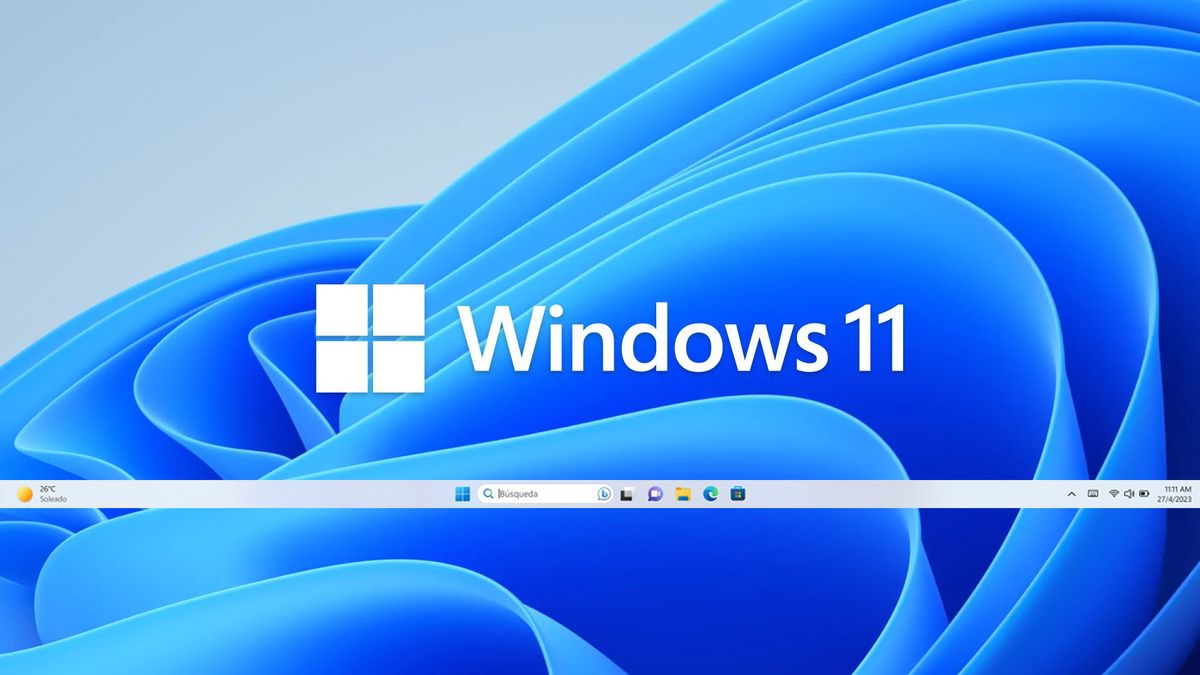Surprise! Microsoft doesn’t want you to use the Windows 10 taskbar in Windows 11

It gives the feeling that Microsoft doesn’t want you to use the Windows 10 taskbar in Windows 11. Or, at least, that is the conclusion one can reach taking into account some of the latest actions launched by the company.
A topic that could be more or less irrelevant if it were not for the fact that, in fact, it has given a lot to talk about since the new version of the operating system was released, and even today it still does not bring users to an agreement.
Windows 11 crashes the Windows 10 taskbar
It is clear that it never rains to everyone’s liking, and even more so when it is such a popular tool that millions of people use every day, as happens with Windows. As much as Microsoft wants its latest version, Windows 11, to prevail, the migration from Windows 10 is not being as fast as the technology giant would like.
Among all the controversies unleashed, there would also be that of the taskbar, an essential element and customizable for a large number of users. The underlying issue is that many of them prefer the version of Windows 10 than Windows 11, even taking advantage of programs carried out by third parties to achieve this. Something that, it seems, Microsoft intends to avoid.
It is not something that we say, but rather a user of According to him, Windows 11 build 26002 would include a hidden function called DisableWin10Taskbar.
That is, what translated into our language would mean something like “disable the Windows 10 taskbar.” His name itself already seems to make it quite clear where the shots are going. And if you look at the full message shared by PhantomOcean3, it seems that there is little reason to doubt Microsoft’s real intentions, and what will happen from now on.
A leap forward?
The most compromised part of the matter is because this function not only blocks the possibility of using the taskbar of the previous version of Windows, but also would also make it impossible to use third party tools to get it, just as many users have done. For which they have used applications such as StartAllBack or ExplorerPatcher.
So what happens if you try to go back to the previous taskbar? Well, it basically prevents the alternative from loading, causing the process to crash and, in most cases, it is the Windows 11 taskbar that appears again as if nothing had happened.
Earlier this year, a bug in Windows 11 caused some personalization apps to stop working.
Microsoft fixed the error, but also took the opportunity to make some modifications and updates. And, among them, it seems that the company wants to close the door to the Windows 10 taskbar permanently.



